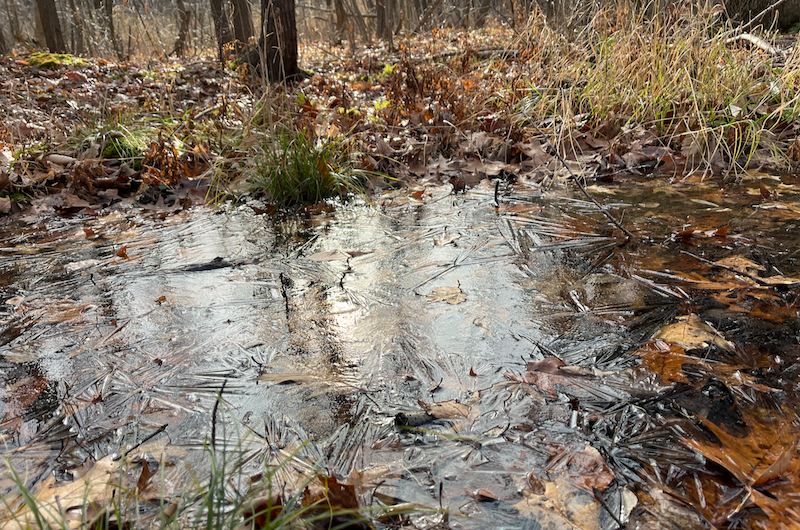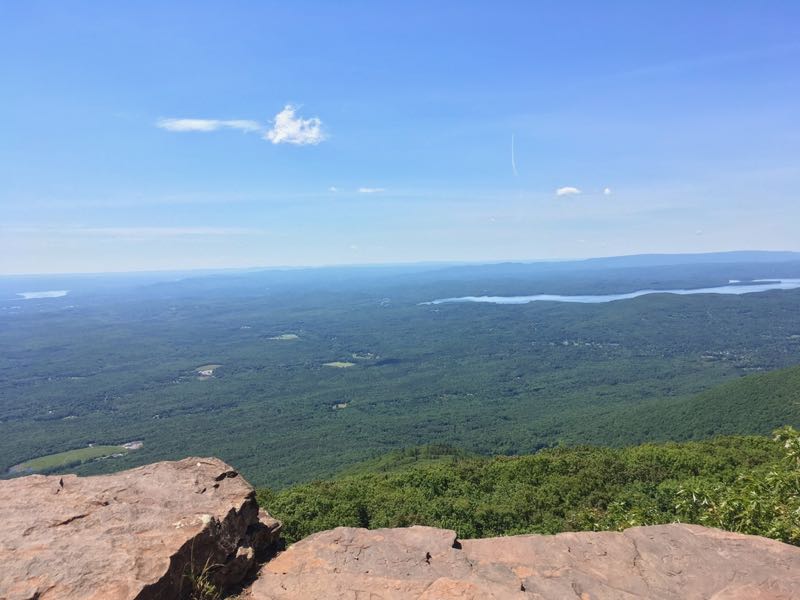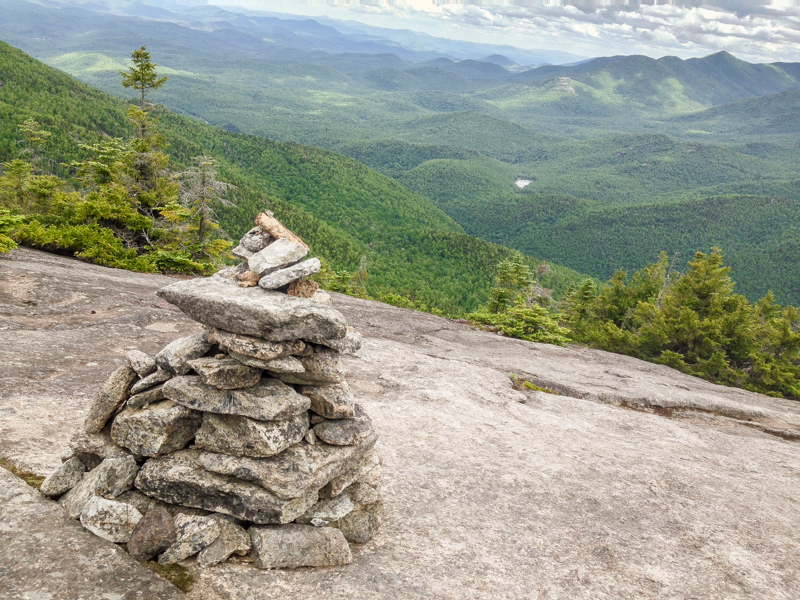Trail Hiking Tips: Bring the Right Gear
This is the second post in our series on tips for hiking preparation, following our first post on knowing your destination. Especially when you're going out on a remote mountain trail for hours of hiking, you want to make sure you've brought all the proper gear with you. You want to be comfortable carrying everything yet not overpack, either.
Backpack or Daypack
If you're going to spend any significant time hiking, do some research and invest in a quality backpack. We're not talking about $20 Walmart bags made for lugging books and laptops around a school campus. You'll likely want to spend some money, but you can find a decent backpack without breaking the bank. Look for a pack that's lightweight and has straps in the front to spread the weight around. If you're spending a full day or spending the night out in the woods, you may want to invest in a larger daypack that's built to take up more space.
Also consider looking for a pack that includes a space for a hydration pack. You'll thank yourself for allowing for this tactic to carry large quantities of water in a way that's not overbearing in weight
Hydration Gear
On that note, we also highly recommend hiking with a hydration pack. This is effectively a heavy-duty plastic "bag" of water that fits neatly into a backpack, with a hose that allows you to easily suck water out as you need it. You can easily carry 2 liters or more, depending on the size of the pack. One major advantage over a water bottle is that the pack will get smaller as you drink the water, taking up less space in your pack.
Also consider a quality water bottle (or multiple bottles). Aluminum thermos-style bottles can keep liquids hot or cold longer in extreme conditions. However, you can also get quality plastic bottles that will be more lightweight. Whatever you get, we recommend a bottle with some sort of secure cover to keep out dirt and particles.
However you choose to bring water, always hike with more water than you think you'll need! You don't want to be stranded without a way to quench your thirst. As an extra backup, you can also get water purification tablets to make water you may find along your way drinkable. Be careful to follow any directions closely.
Navigation Equipment
While we addressed knowing where you're going more in-depth in our previous post, navigation equipment should be a core part of your gear. Always carry a compass and know how to use it. A smartphone with a hike tracking app installed can be helpful to track where you're going it, but don't rely 100% on service in remote areas. Consider a standalone GPS if you're frequently going into wilderness areas. Also, be sure you've fully charged any electronic equipment before heading out.
Extra Clothes
You never know when you might slip into water while crossing a stream! Bring an extra change of clothes (don't forget the socks!) to be prepared for any muddy or wet situations. If anything, you can have clean clothes to wear for the ride home.
Hiking Poles
If you haven't tried them, you may underestimate the ability of hiking poles to relieve your knees while hiking long distances. You can buy a set of two or just one; while two will do a better job of supporting you, even one will help immensely when climbing over rough terrain or crossing streams. Made of lightweight materials, poles won't get too heavy to hold and are often made to fold up or compress into a highly portable size.
Get Out & Hike!
Hopefully this list will help you plan out what gear to pack for an upcoming hike. If you're looking for a place to hike in upstate New York, be sure to check out our hiking map with a list of local hikes.
Check out one of my favorite Adirondack trail guides.
See more posts in the Hiking Tips category.




